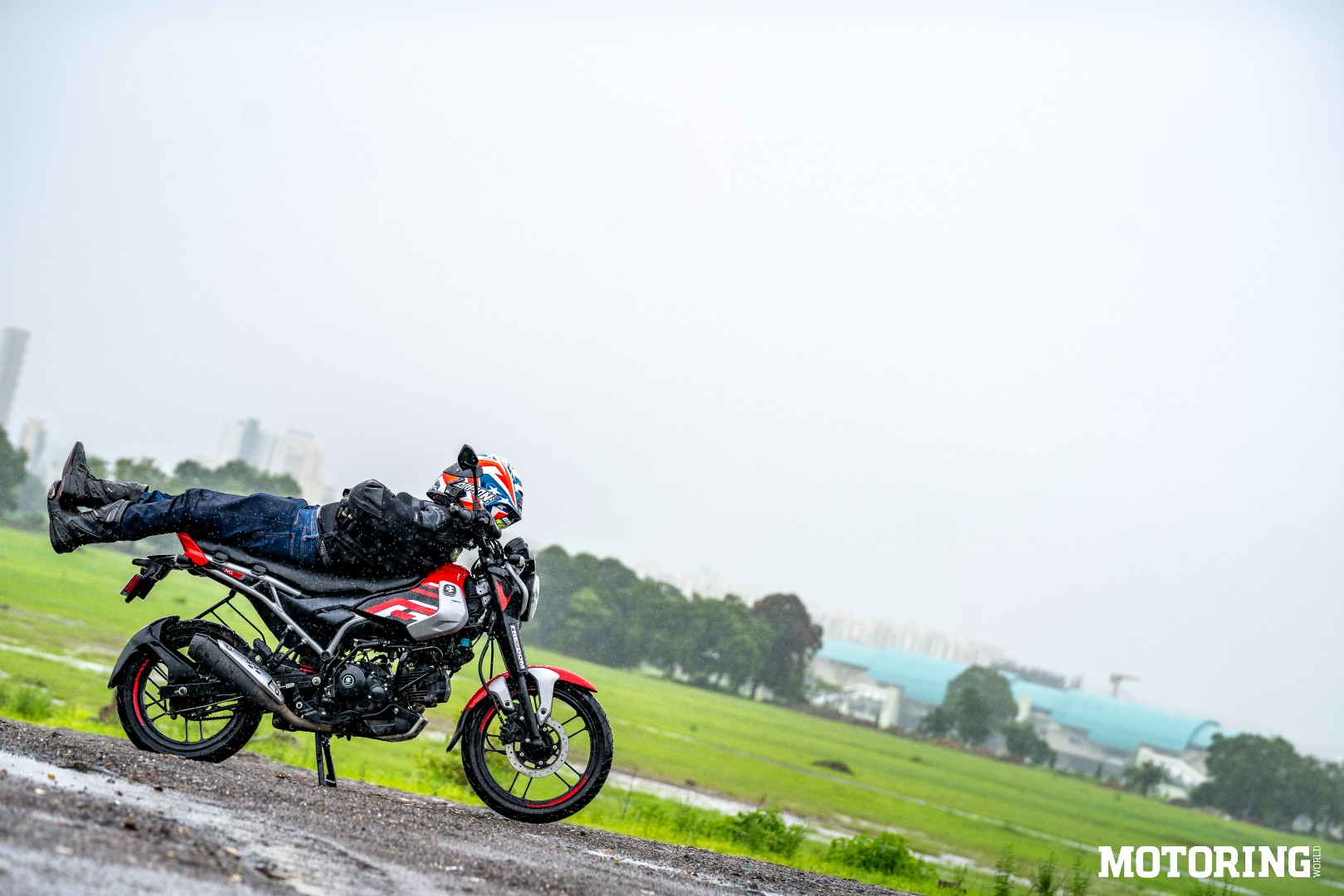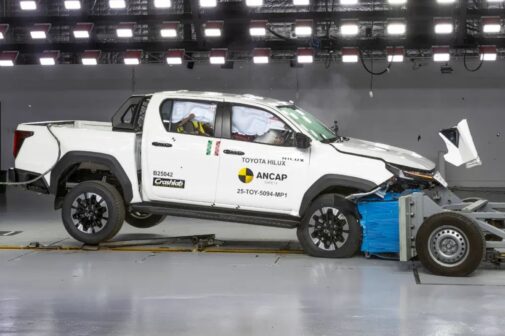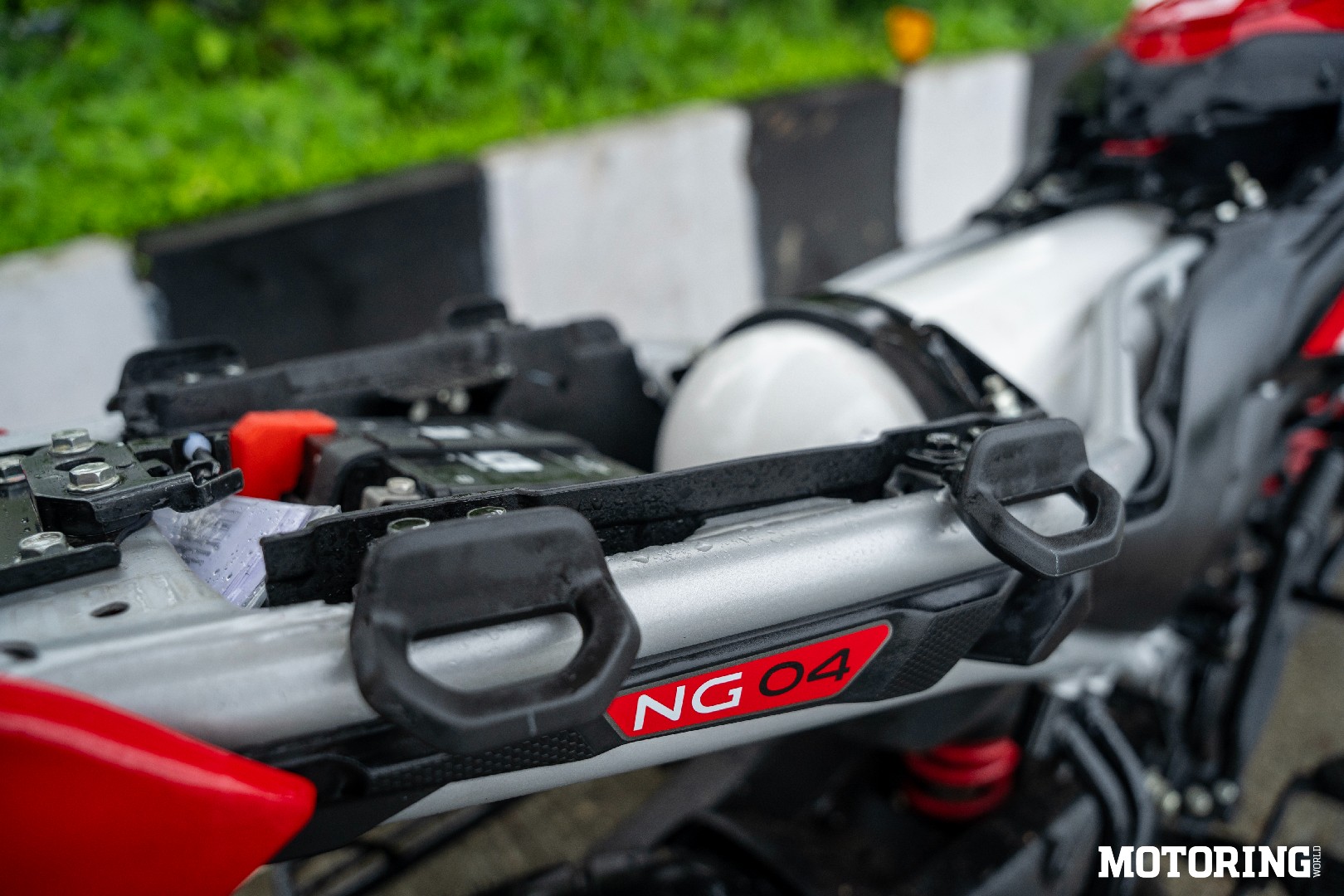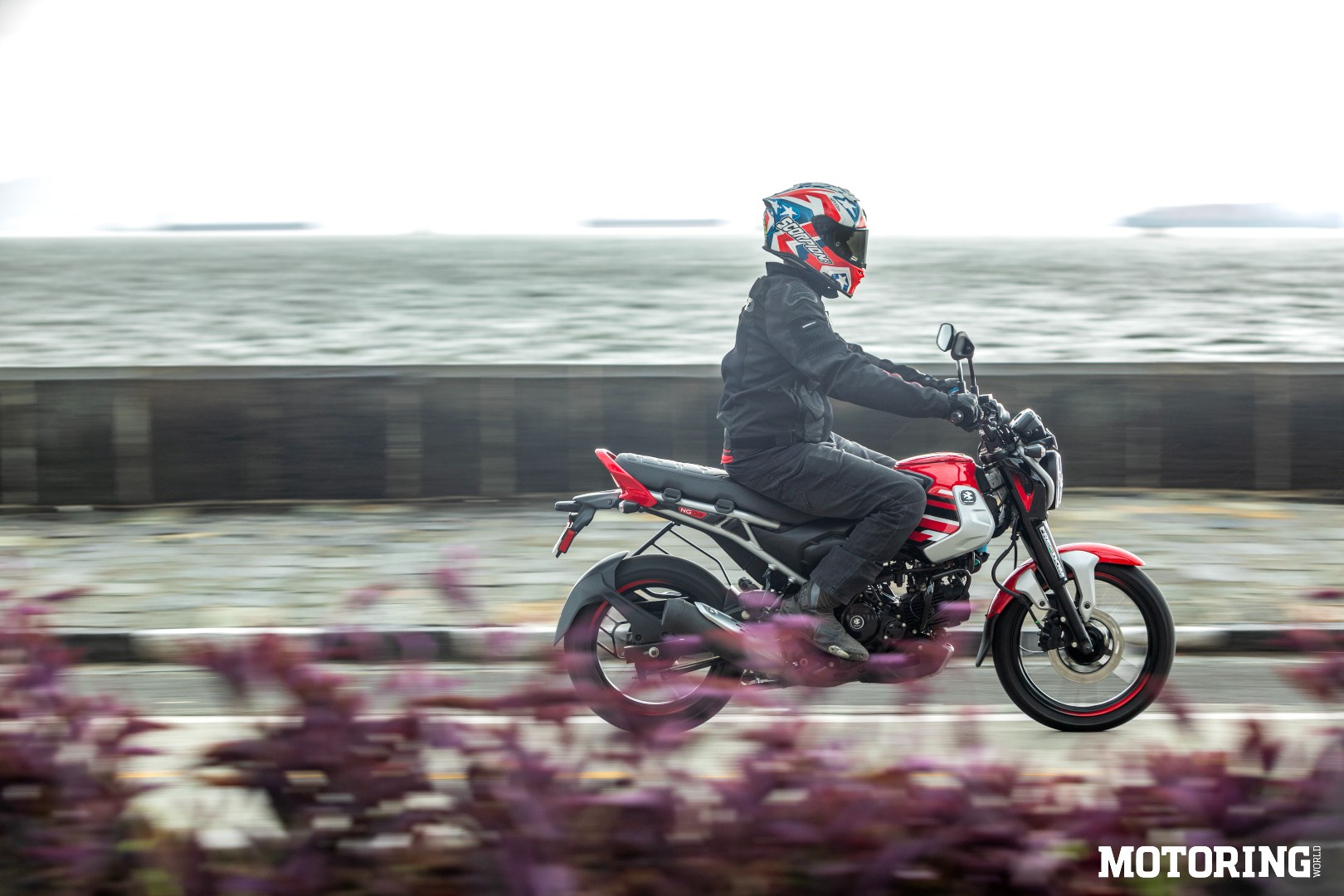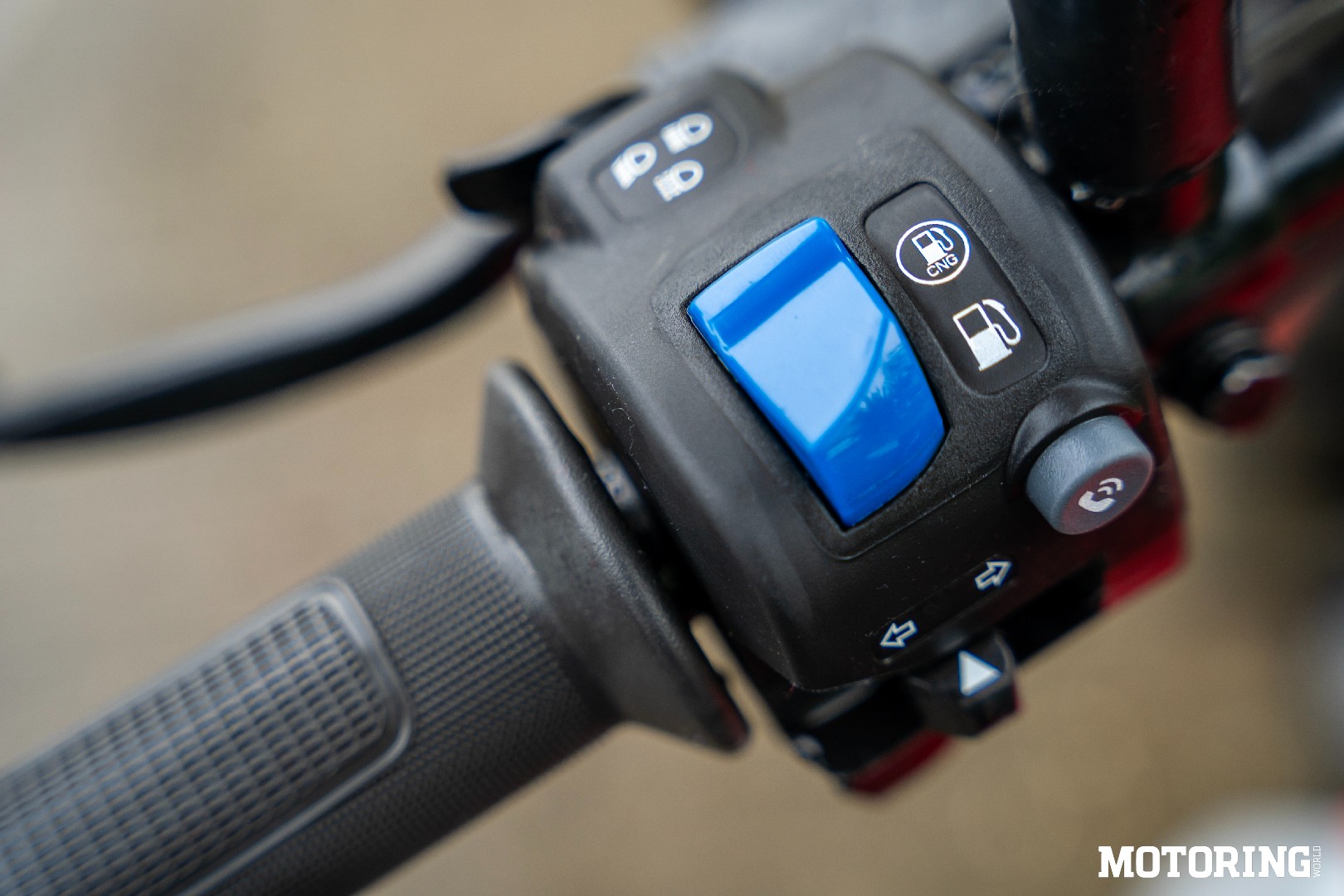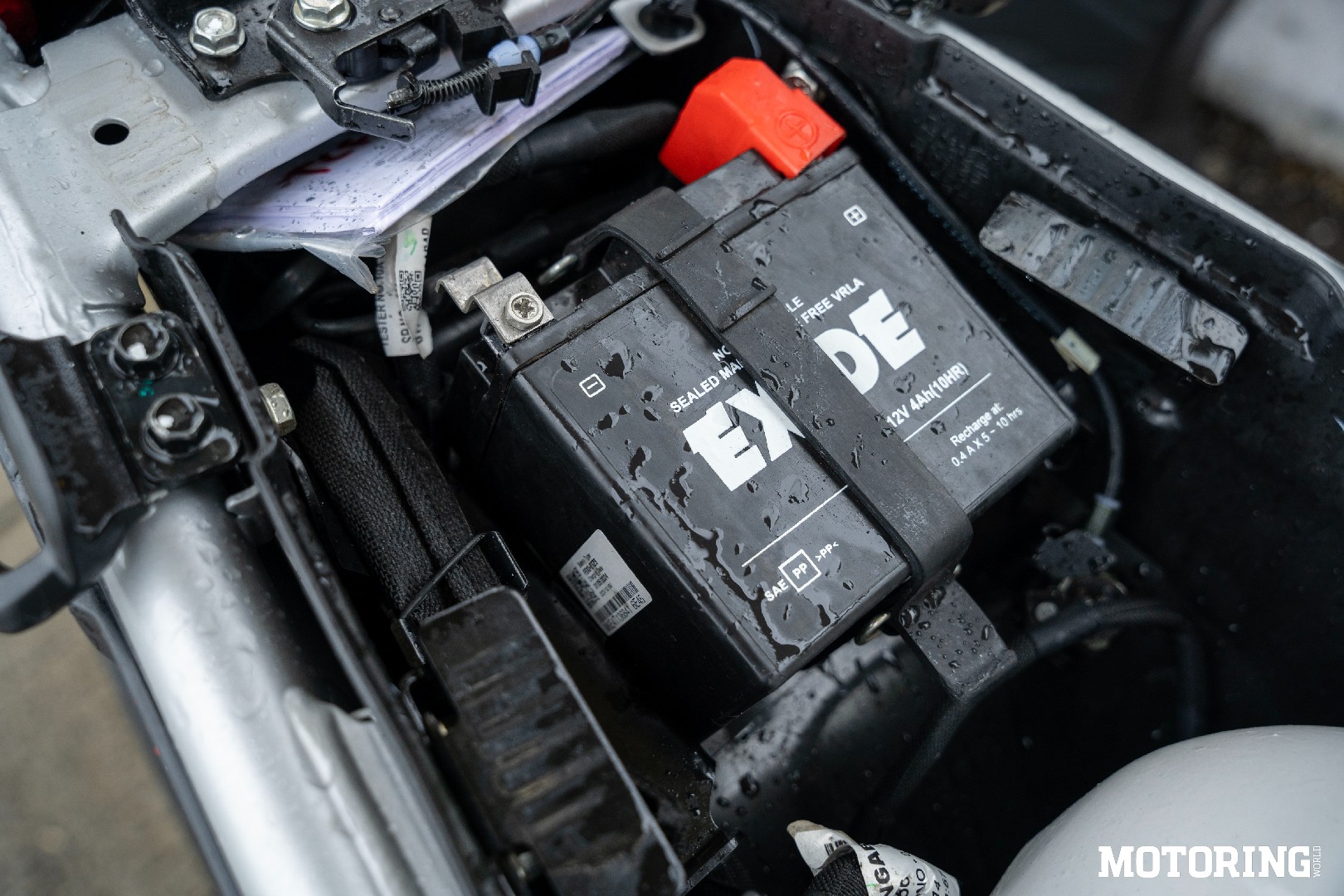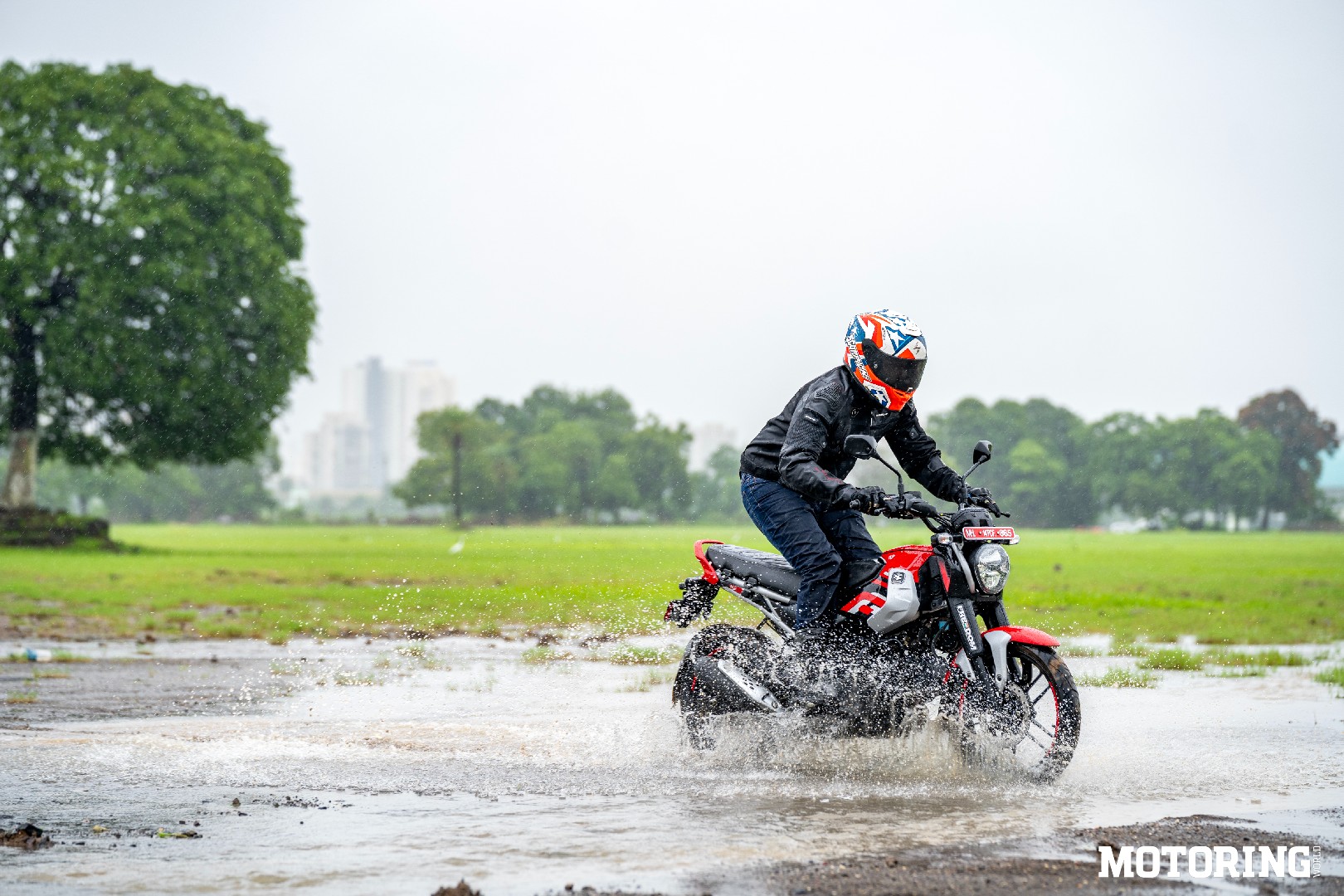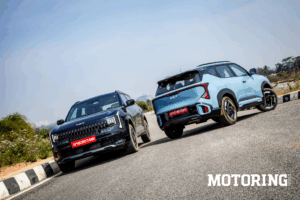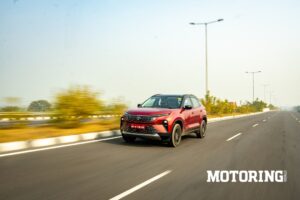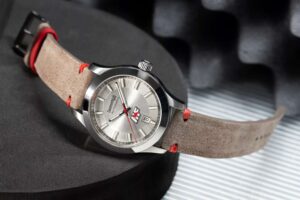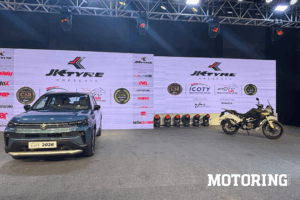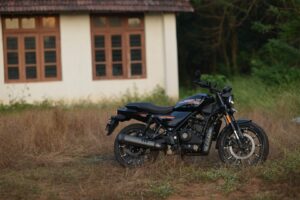In the last six years, I have had the privilege of riding two-wheelers weeks or even months before they hit the showroom, but never ever have I been swarmed like I had been when I spent a few days with the Bajaj Freedom 125 NG-04. Traffic signals, CNG pumps, public roads, cafes… people clicked pictures, took videos, few even made video calls on their groups to show the world’s first CNG bike to their loved ones. Eventually what followed was a rapid-fire round of same questions to the point that I knew the flow. In fact, that very stream of questions dictates the flow of this story.
Kitna deti hai?
We Indians can’t live without knowing the mileage of any motorised vehicle, can we? Be it a superbike or a humble commuter. But in the case of the Freedom, it was understandable; after all, it is the only one of its kind till now. Upon knowing that I managed to get almost 103 km on one kilo of CNG, the look and the glimmer of hope on everyone’s face was priceless.
They calculated their commutes, factored in the price difference, and somehow were convincing me that it’s okay even if it gives 80 or 90 km to a kilogram. I could see that deep within, they were convincing themselves, and they were right.
At the pumps that I filled up the Freedom, I never got to fill it over 1.92 kg because it is only at 20℃ and 200 bar that one can actually fill up the full 2 kg. So, a range of almost 200 km for under ₹ 150… nothing can beat that especially when you pay ₹ 95,000 to ₹ 1.10 lakh (ex-showroom). And if you were to run out of CNG, there’s two litres of petrol, too, which can last for a good 100 km. Also, these figures are at speeds of 60 to 70 kph on highways and up to 50 kph in the city. So, if you were to ride slower, expect even more range per refill.
Is the CNG tank’s placement even safe?
Come on, we are used to having a tankful of combustible liquid between our legs ever since the inception of motorcycles. Yes, adding a pressurised tank only heightens the risks, but it is Bajaj, after all. The company has been dabbling with CNG for a long time, and I don’t recollect or could even find any incident of a mishap due to the CNG tank.
In the Freedom, the CNG tank is cradled in an all-new trellis frame. Now, with a tank that’s almost as long as the seat (which is the longest on any bike in India), Bajaj has cleverly packaged the essentials. For starters, the puny tank area holds the petrol tank on the right and the airbox on the left while the battery is placed at the rear, under the pillion seat.
I took the Freedom through some bad roads, and even did some off-roading, but I think the tank never even moved one bit. So, if you have seen those torture test videos that Bajaj put out (I am sure you have seen one of those) of the Freedom, the tank is as safe as the company claims it to be.
Does the CNG mode feel lethargic?
To put things into perspective, the Freedom weighs 149 kg (kerb) and makes 9.37 bhp and 0.98 kgm from its 125cc engine. Compared to the Honda Shine, that’s a deficit of 1.2 bhp and 0.2 kgm but with 36 kg less to lug, it could feel a bit more energetic.
On the Freedom, I could manage a speedo-indicated top speed of 96 kph in the CNG mode, so it isn’t really a slowcoach. Even making my way through the rush-hour traffic never seemed boring. In fact, I had it on CNG mode for most of the time. The only times I felt the need to switch to petrol was when encountering steep inclines, especially with a pillion. Not that the CNG mode can’t handle inclines, it’s just that the petrol made it easier.
The petrol mode certainly has better low-end performance than the CNG. In fact, I could ride it at 13 kph to 16 kph in second gear without any throttle input. However, the moment I switched to CNG, it could not sustain the momentum and I had to either give it some throttle or drop to first gear. Tractability in both modes is slightly different, but for commutes, the CNG mode works just fine.
Is it heavy?
At 149 kg, of course it is, and the CNG tank itself weighs 16 kg. And with that much weight concentrated under the seat, it is a top-heavy bike. Oh, and the 825-mm seat is 5 mm more than the KTM 390 Duke’s. Feeling concerned? After I mentioned these numbers and exactly in this manner, I could see the regret on people’s faces for asking me this. But the moment I invited them to sit on it, they instantly had a smile.
The long seat is as narrow as the saddle of an MX bike. That means, flat-footing on the Freedom is not going to be an issue for most people. Combine that with the tall handlebar (with a brace), and everyone naturally went into an enduro-style riding posture, just like me. And with that sort of commanding stance, there’s a better sense of control and once everyone realised that, instinctively, the next question was….
How fun is it to ride?
Sparing a few gents, no one asked IF it was fun. They understood that it was and wanted to know if it was more than just an economic mode of transport. Of course, it is fun. The ergonomics sort out most of the inhibitions one would have about pushing a bike like this to its limits. But, one has to remember that the bike has a 16-kilo tank on its upper portion, so when leaning into a corner, it will eagerly comply, and after a point, the 16-inch rear wheel won’t be able to keep at it. But, do it over and over, know where that tipping point is, and then it’s a hoot to ride.
The brakes have good stopping power, and even in wet conditions, the combined braking worked perfectly. There were a couple of instances where the front brake didn’t work at all, but a few pumps at the lever and it was back doing its job like nothing happened. Though it is concerning, I am sure this was a one-off issue and can be easily fixed by bleeding the line.
Even the suspension works just right for spirited riding and somehow at slow speeds, too. The link-type monoshock takes care of undulations and a fair share of bigger potholes as well. However, when going over big potholes, the front felt a bit disconnected at the handlebar, and even made the fork covers a bit noisy.
How is the quality?
It is too soon to comment about longevity, but there were some concerning things. For starters, the black paint on the engine cover started peeling off in a couple of days, and water seeped into the underseat space and also on the battery, which could potentially cause a short circuit. While the former can be sorted out in the consequent batches, the latter has to be fixed by sealing the mesh panel in front of the seat.
In the days that I had the bike, no one had anything bad to say about the styling at all. From young chaps to oldies, everyone loved the way it looked. After all, in the sea of commuters, they could spot the Freedom because it looked unlike anything else on the road. For some, the unique styling meant they will have a generic-looking motorcycle, and for others, the design was more function than form. Interestingly, it worked in favour of everyone.
What was surprising was they didn’t need a second glance to know that it was the Freedom, and they knew the basics like the CNG and fuel capacity, price and even the claimed combined range. Many of them already knew a fair bit about the bike and those who threw basic questions received surprised looks and even answers from the crowd. For a world’s first, Bajaj certainly has gone full gas, literally and figuratively, to be the aam janta’s next hero (pun intended).





